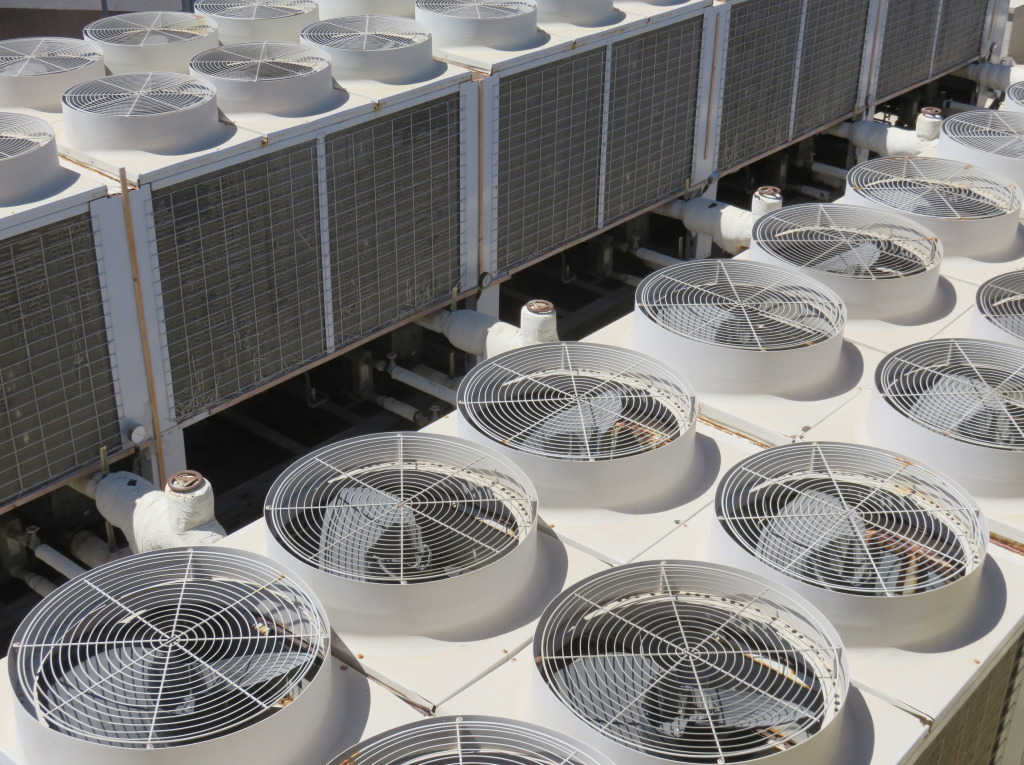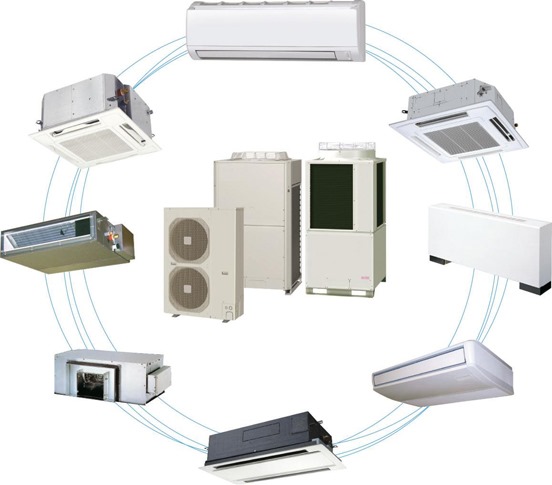Cascade system; It is a central heating system used in multi-storey buildings or sites. It is generally an alternative system to single floor condensing boiler systems.
It is a system that provides operation by connecting to each other through more than one control module and condensing boiler. Such condensing boilers are more economical than single floor condensing boiler system.
How Does Cascade System Work?
We have stated that it is a system made by connecting more than one condensing boiler to each other. For example; Let’s assume that a building needs 500000 kcal. In a single floor condensing boiler system, a single boiler of 500000 kcal is required. But in cascade system, 5 boilers of 100000 kcal are required.
For a single boiler to work, only 100000 kcal of heat will be sufficient in the building. However, if a heat of 200000 kcal is needed, 2 boilers will be activated. In systems where a single floor condensing boiler is used, all boilers must operate for 100000 kcal heat or 500000 kcal heat.
In order to reach the desired temperature, a single boiler works first in the cascade system. In cases where a single boiler is insufficient, the second boiler will be activated and in this way, the other boilers are activated in turn.
In cascade systems, all chimneys are connected to each other and sometimes separate chimney connections are also made. Finally, the cascade system can operate at least 2 boilers and up to 25 boilers.
Cascade System Advantages
The cascade system has several advantages over the single condensing boiler system.
-
Condensing boilers work in sequence. The boilers will be activated at certain intervals until the desired temperature is achieved and it is not even possible for all boilers to work at the same time.
-
All of the boilers work equally, the first boiler does not always work, the boiler operation sequence changes automatically every 24 hours, so that all boilers work equally. In this way, the wear time of the boilers is equalized.
-
The minimum electricity consumption is also due to the very small size of the pumps.
-
The cascade system takes up little space unlike a single floor condensing boiler.
-
Natural gas consumption is also minimized as it has a very low flame temperature.
It reaches the desired temperature in a short time. The reason for this is the low volume of water in the devices. -
Since the cascade system is always redundant, system operation is not affected in case of boiler failure. Thanks to the electronic brain, the boiler is deactivated in case of malfunction and the other boiler is automatically activated.
-
Steel boilers have an operating temperature of 70 degrees. If it falls below this temperature, kneading occurs and the boiler decays over time. But in the cascade system, the temperature is 30-60 degrees.
-
Failure costs are also lower in the cascade system compared to the boiler system.
Cascade System Disadvantages
-
Since the burner module is used in cascade system, there is noise from the chimneys.
-
The initial investment cost will be higher than the boiler system.
-
However, since fuel consumption is low, it will pay for itself in 3 years.
-
Maintenance of the cascade system takes longer than the boiler system.
-
If a cascade system will be used in a building with more than 8 floors, the pressure will naturally increase. After three bar pressure, there is water discharge in boilers.
Due to the issues mentioned above, the heat exchanger system should be used instead of the balance tank and thus the cost increases.
Maintenance of Cascade System
In cascade systems, boiler maintenance should generally be done every 3 months. The water tightness feature in the devices should be checked. Contaminated parts of the devices should be cleaned.
The burner used in the system should be checked and the combustion status should be checked. Heat exchanger cleaning should also be done. Especially the electronic components should be checked.
The sensors in the system should be checked. The rods that help ignition should be checked and cleaned. The pump that provides circulation may be contaminated by the dirt in the water, so the pump should be disassembled and cleaned.
If the boiler you have used is a hermetic boiler, the fan in the boiler must be removed and cleaned. In particular, the filter must be cleaned before the impurities in the circulating water damage the boiler.



